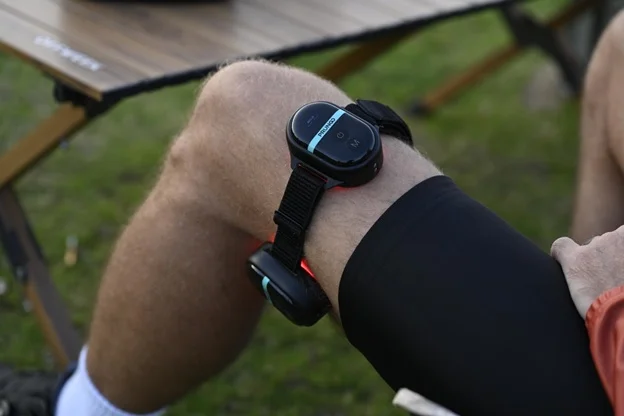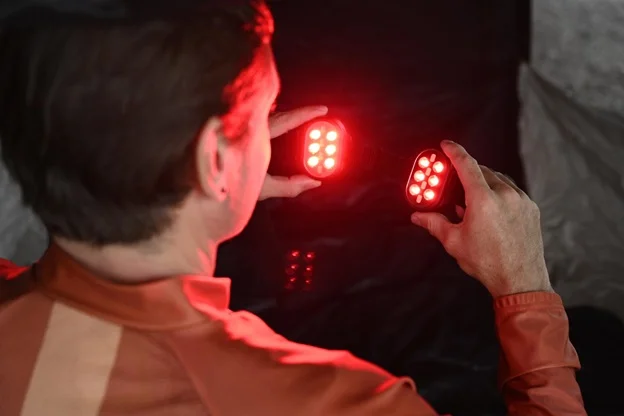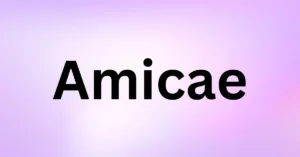Red light therapy (RLT) uses specific wavelengths of red and near-infrared light to penetrate the skin and promote a variety of health benefits. In recent years, it has gained popularity for its potential to promote healing, improve skin health, reduce inflammation, and relieve pain.
This article will explain what red light therapy is, how it works, its benefits, and how to perform red light therapy at home using a medical-grade red light therapy device.
What Are Medical-Grade Red Light Therapy Devices?
Medical-grade red light therapy devices are a non-invasive treatment that uses low-level wavelengths of light to stimulate cellular activity. The therapy typically involves shining red or near-infrared light directly onto the skin. Unlike ultraviolet (UV) light, which can damage the skin, red and near-infrared light do not burn the skin and are generally considered safe for most people.
The wavelengths used in red light therapy typically range from 600 to 1000 nanometers (nm). Red light is usually in the 600-700 nm range, while near-infrared light falls between 700-1000 nm. These wavelengths penetrate different depths of the skin, with red light reaching the outer layers and near-infrared light penetrating deeper into tissues such as muscles and joints.
How Does Red Light Therapy Work?
The basic mechanism behind red light therapy is photobiomodulation (PBM), a process where light interacts with cells to trigger a biological response.
When red and near-infrared light are absorbed by the skin and tissues, they stimulate the mitochondria—the powerhouses of cells—enhancing their ability to produce adenosine triphosphate (ATP), the energy-carrying molecule in cells. Increased ATP production helps repair damaged cells, reduces inflammation, and supports overall cellular function.
The photobiomodulation process involves several key steps:
- Light Absorption: When exposed to red or near-infrared light, the skin and underlying tissues absorb the light energy.
- Stimulation of Mitochondria: The absorbed light stimulates the mitochondria, resulting in increased ATP production.
- Enhanced Cellular Activity: The surge in cellular energy supports repair and regeneration, reduces oxidative stress, and can alleviate inflammation.
- Improved Blood Flow: Red light therapy has been shown to improve circulation, which enhances oxygen and nutrient delivery to the treated area, promoting healing.
Benefits of Red Light Therapy

Red light therapy offers a variety of potential health and wellness benefits. Below are some of the main areas where RLT has been used:
1. Skin Health and Anti-Aging
Red light therapy has been widely researched for its potential to improve skin conditions and promote anti-aging effects. The therapy stimulates collagen production, which can reduce the appearance of fine lines, wrinkles, and age spots. Additionally, it helps in reducing skin inflammation and can be beneficial for conditions like acne, rosacea, and psoriasis.
2. Pain Relief and Inflammation Reduction
RLT is increasingly used to alleviate pain and reduce inflammation associated with various conditions, such as arthritis, muscle strains, and joint injuries. The therapy’s ability to penetrate deeper tissues makes it effective for treating musculoskeletal pain, providing a drug-free approach to pain management.
3. Muscle Recovery and Performance Enhancement
Athletes and fitness enthusiasts often turn to red light therapy to aid muscle recovery after intense workouts. The increased ATP production and improved circulation help speed up muscle repair, reduce soreness, and enhance endurance.
4. Wound Healing and Tissue Repair
Red light therapy has shown promise in accelerating the healing of wounds and injuries. It can be used to treat surgical scars, burns, and other types of skin damage by promoting cell regeneration and reducing inflammation.
5. Hair Growth Stimulation
Research suggests that red light therapy may help stimulate hair growth in individuals experiencing hair thinning or baldness. The light may activate hair follicles and increase blood flow to the scalp, which can promote thicker, healthier hair.
Red Light Therapy at Home
The rise of red light therapy has also led to a variety of consumer-friendly devices on the market, such as handheld devices, LED panels, and wearable red light therapy devices, allowing us to enjoy the benefits of red light therapy without having to go to the clinic.
How to Perform Red Light Therapy at Home
If you are interested in trying red light therapy at home, follow these steps:
- Choose the Right Device: Depending on your treatment goals, you can choose the right red light therapy device. If you want a portable one that you can take with you on the road, you can choose the PRUNGO Red Light Therapy Module.
- Determine the Treatment Area and Duration: Depending on the area you want to treat, adjust the duration accordingly. Typical sessions range from 5 to 20 minutes, with 3-5 sessions per week recommended.
- Maintain a Safe Distance: Position the device at the recommended distance from your skin, usually between 6 to 12 inches, for optimal light absorption.
- Be Consistent: Like most therapies, consistency is key to achieving results. Stick to a regular schedule to maximize the benefits.
Safety Tips for At-Home Use
While red light therapy is generally considered safe, it is essential to follow some precautions to avoid potential side effects:
- Avoid Overexposure: Limit session times to avoid excessive exposure to light, which may cause skin irritation.
- Use Protective Eyewear: If the treatment involves facial exposure, wear protective eyewear to prevent any potential harm to your eyes.
- Follow the Manufacturer’s Guidelines: Adhere to the instructions provided with the device to ensure proper use.
Conclusion
As a versatile, non-invasive treatment option, red light therapy has growing evidence of benefits for skin health, pain relief, muscle recovery, and more.
By performing red light therapy at home using a medical-grade red light therapy device, you can conveniently enjoy the therapeutic benefits of red and near-infrared light.
If you find this article helpful, click here for more.









